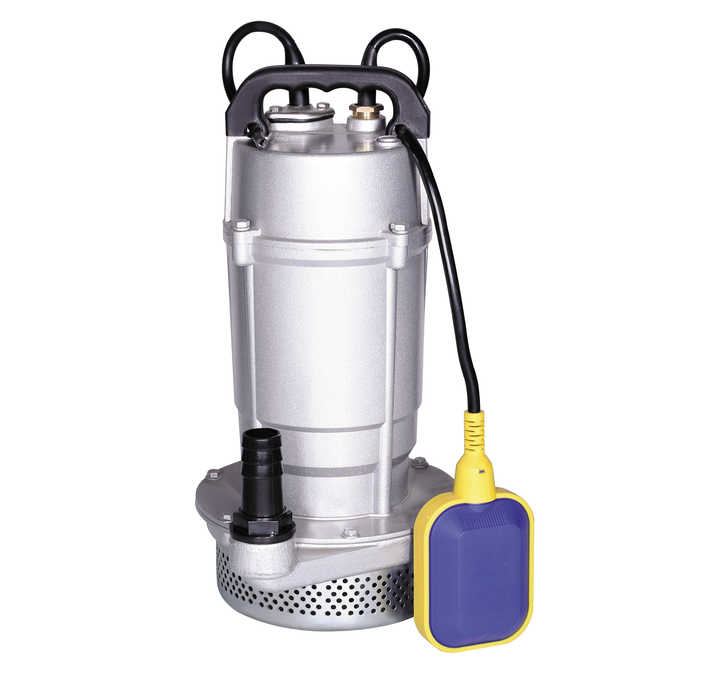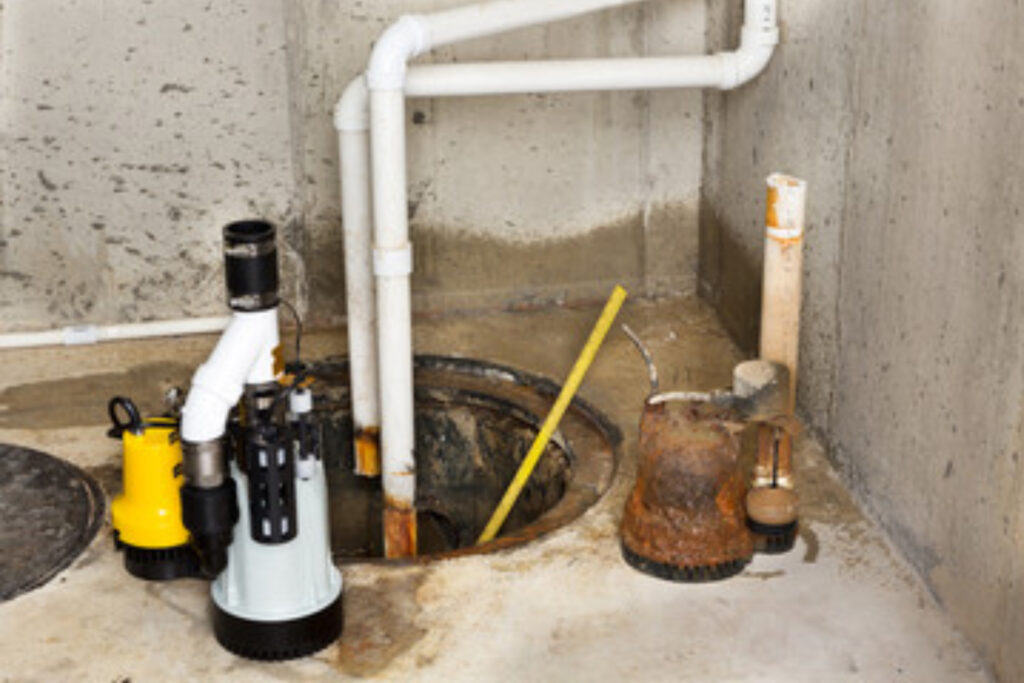Useful Tips for Maintaining a Sump Pump
Useful Tips for Maintaining a Sump Pump
Blog Article
Just how do you really feel on the subject of Keep Your Sump Pump Clean, It'll Keep You Dry?

Sump pumps are crucial parts in lots of homes, especially in locations susceptible to flooding or extreme moisture. They help prevent water damages by effectively eliminating excess water from cellars or crawl spaces. Nonetheless, like any other home appliance, sump pumps need normal upkeep to ensure they operate properly when required one of the most. Cleaning your sump pump is a crucial part of its upkeep, and understanding exactly how to do it effectively can save you from expensive fixings and potential catastrophes.
Intro
Preserving a clean sump pump is essential for its proper performance and longevity. Neglecting this essential task can lead to obstructions, malfunctions, and ultimately, water damage to your building. As a result, finding out how to clean up a sump pump is critical for house owners that count on these devices to maintain their cellars dry and secured.
Indications of a Dirty Sump Pump
Understanding when your sump pump requires cleansing is essential for avoiding potential breakdowns. Some common indications that indicate a dirty sump pump consist of strange noises during procedure, lowered water flow, and visible particles in the pit. If you see any one of these symptoms, it's important to cleanse your sump pump immediately to avoid any type of additional concerns.
Planning for Cleansing
Prior to you start cleaning your sump pump, it's important to take some security precautions. Beginning by turning off the power to the pump to prevent any type of electrical accidents. Furthermore, put on appropriate protective equipment, such as gloves and goggles, to safeguard on your own from dirt, debris, and potential pathogens.
Comprehending the Sump Pump
Before diving right into the cleansing process, it's vital to have a basic understanding of just how a sump pump functions. Normally installed in a pit or basin below the cellar flooring, a sump pump includes several crucial elements, including a pump, a float button, and a discharge pipeline. When water gathers in the pit, the float button triggers the pump, which after that pumps the water out via the discharge pipe, far from the structure's foundation.
Detailed Overview to Cleansing a Sump Pump
Turning off the Power
Begin by disconnecting the power supply to the sump pump to avoid any kind of crashes while cleansing.
Looking For Proper Performance
Prior to re-installing the pump, do a fast examination to make sure that the float switch activates the pump appropriately. Put some water into the sump pit and observe the pump's procedure. If whatever is functioning correctly, you can reassemble the pump and reconnect the power supply.
Removing Debris and Dust
Make use of a pail or a scoop to eliminate any noticeable particles, dust, or sediment from the sump pit. Dispose of the particles correctly to avoid it from obstructing the pump or the discharge pipeline.
Cleaning the Pump and Drift Switch Over
Once the pit is free from debris, carefully eliminate the pump from the pit. Examine the pump and the float switch for any kind of signs of damage or wear. Make use of a soft brush or cloth to clean up the surface areas and remove any type of collected grime.
Flushing the System
After cleaning up the pump and float button, purge the sump pit with clean water to get rid of any kind of remaining dirt or debris. This will certainly assist ensure that the pump operates efficiently and effectively.
Upkeep Tips to Maintain Your Sump Pump Clean
In addition to periodic cleaning, there are several maintenance ideas you can follow to keep your sump pump in optimal problem:
Verdict
Cleaning your sump pump is a critical element of its upkeep and guarantees that it runs effectively when you need it one of the most. By adhering to the actions laid out in this guide and integrating normal upkeep into your regimen, you can extend the life-span of your sump pump and protect your home from water damage.
6 STEPS ON HOW TO CLEAN A SUMP PUMP PROPERLY
UNDERSTANDING SUMP PUMPS
Your sump pump plays a crucial role in protecting your home by managing and removing excess water. It primarily functions as a “shield”, guarding your basement against the damaging effects of water accumulation. The pump is housed in a sump pit in the lowest part of your basement, and its job is to pump out any water that collects there.
During heavy rainfalls or when snow melts rapidly, water can infiltrate your basement, posing potential risks like flooding, structural damage, and harmful mold growth. Here, the sump pump springs into action, pumping out the intruding water and directing it away from your home.
SAFETY FIRST
Before cleaning, remember to prioritize safety. Disconnect the sump pump from the power source to prevent any accidental electric shocks. Also, wear sturdy gloves to protect your hands from any sharp or dirty components within the pump.
REMOVE THE SUMP PUMP
After ensuring your safety, the next step is to remove the sump pump from its pit. Doing this might require careful maneuvering as you don’t want to damage any pump components. Once removed, clean the sump pit to remove any accumulated debris or sludge.
INSPECT THE PUMP
Inspect the pump for any visible signs of wear or damage. Check the power cord, float switch, and impeller housing. If any components look worn out or damaged, consider replacing them to ensure optimal performance.
CLEAN THE PUMP
Thoroughly clean the pump with warm, soapy water. Make sure to rid it of any dirt, gravel, or other debris that might impede its performance. You can use a toothbrush to clean the small, hard-to-reach parts of the pump.
REINSTALL THE SUMP PUMP
Reinstall the pump into the sump pit Make sure it’s positioned correctly to remove the water effectively Once it’s back in place, reconnect it to the power source TEST THE PUMP
Finally, pour some water into the pit to ensure the pump works correctly. It should start automatically and begin pumping out the water; if it doesn’t, check the power source and the positioning of the pump.
Remember, while cleaning your sump pump is an essential part of home maintenance, hiring a professional plumber for a thorough inspection and cleaning at least once a year is also important. This will ensure that your pump is in optimal condition, ready to protect your home from potential water damage.
BEST PRACTICES FOR CLEANING SUMP PUMP DISCHARGE PIPES
Regular Inspection: Regularly inspect your discharge pipes, especially during heavy rainfall or snowmelt periods. Look for any signs of blockage or damage. Early detection of problems can prevent serious issues down the line. Periodic Cleaning: Over time, sediment and debris can accumulate in the discharge pipes, impeding the flow of water. Regular cleaning helps keep the pipes clear and functioning efficiently. You can use a high-pressure water jet to effectively clean the pipes. Insulation During Winter: In colder climates, discharge pipes can freeze, blocking the outflow of water. Protect your discharge pipes from freezing temperatures by insulating them with foam pipe insulation. This will ensure the sump pump can continue to discharge water even in freezing conditions. Proper Positioning: The discharge pipe should be positioned to direct water away from your home’s foundation. Improper positioning can lead to water seeping back into the basement. Ensure the pipe is long enough and angled correctly. Installation of a Check Valve: A check valve prevents water from flowing back into your sump pit after the pump has pushed it out. Installing a check valve helps maintain the efficiency of your sump pump and reduces the risk of flooding. Minimize Pipe Turns: Every curve or turn in the discharge pipe can decrease the efficiency of water flow. By minimizing turns and bends in your discharge pipe, you can increase the efficiency of your sump pump. https://www.fullspeedplumbing.com/how-to-clean-a-sump-pump-properly9999/

We are very fascinated by How To Effectively Clean A Sump Pump and I really hope you appreciated the new blog entry. Sharing is caring. Who knows, you may just be helping someone out. I enjoy your readership.
Source This Article Report this page